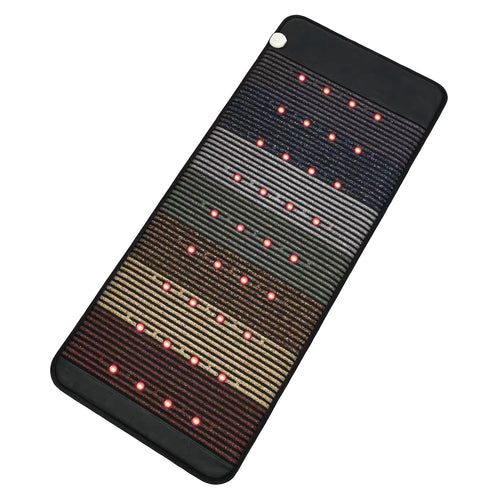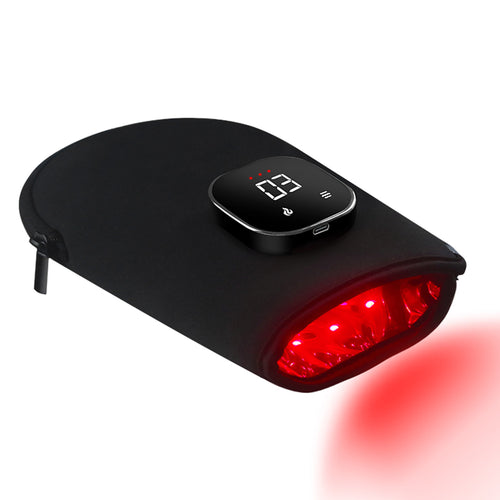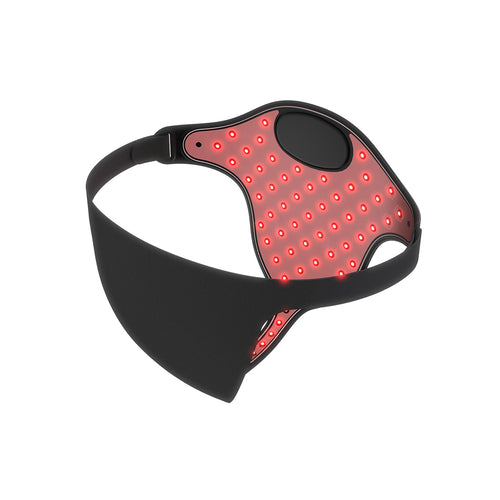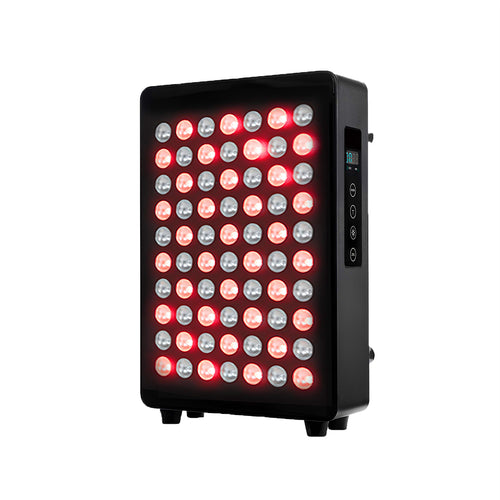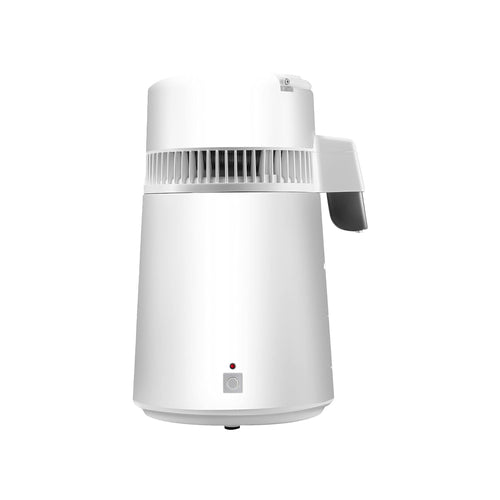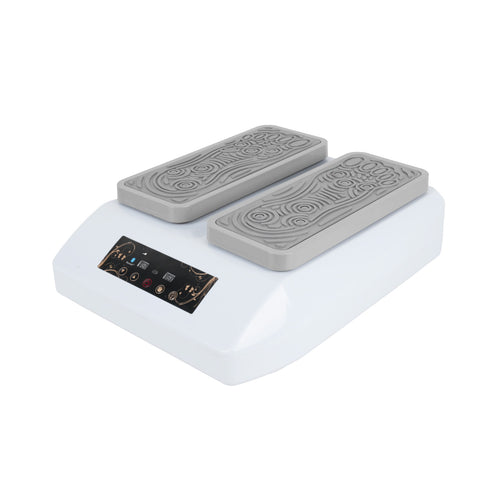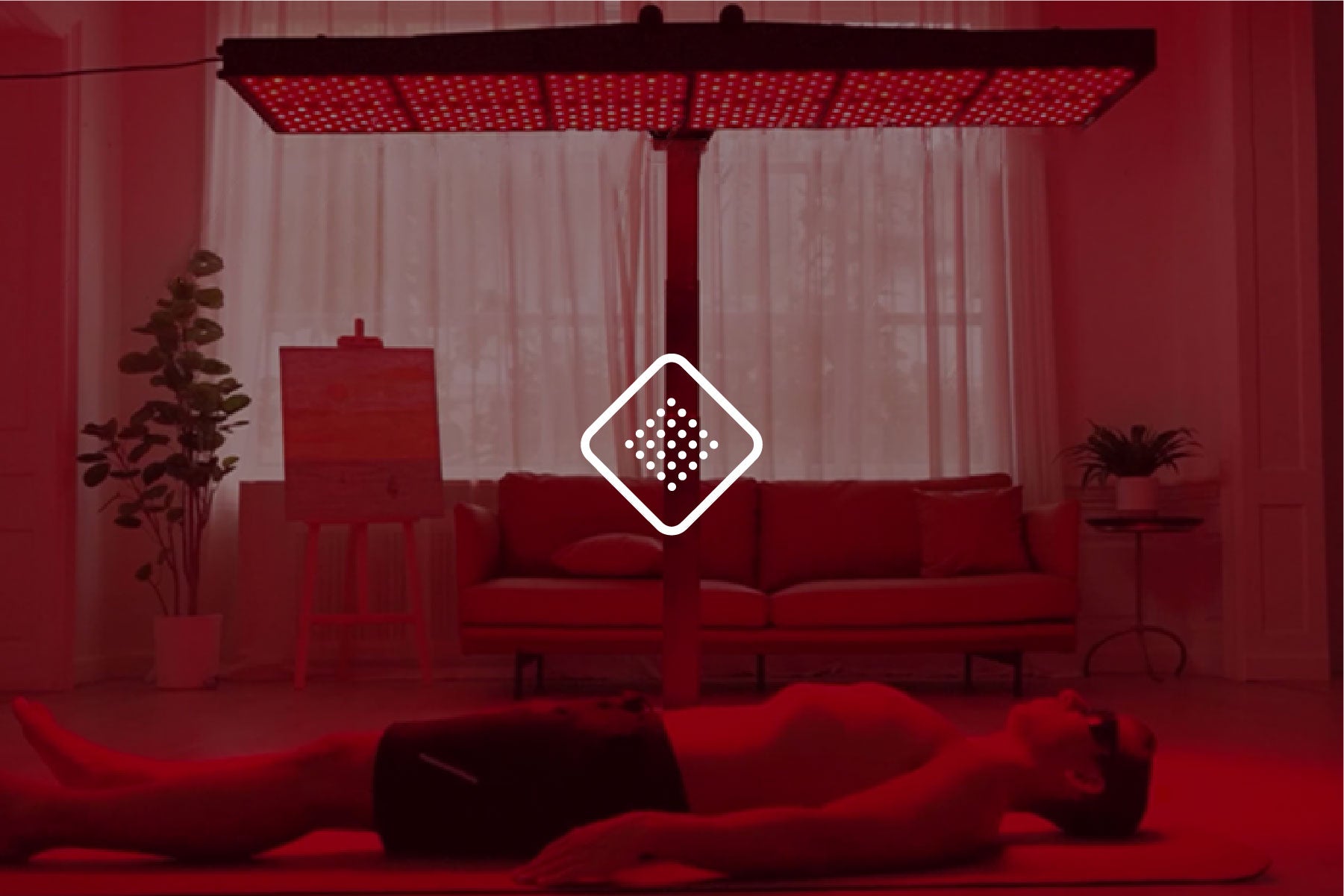
Red Light Therapy Dosing Guide
lililian1.How can I know the strength of my light?
To measure the power density of light from your LED or laser therapy device, you can use an ‘optical power sensor’ designed to read light wavelengths from 400nm to 1100nm. This device will provide a measurement in mW/cm² or W/m², where 100W/m² is equivalent to 10mW/cm². It’s important to ensure the sensor is calibrated and set to the specific wavelength of light emitted by your device.
Power density, also known as energy density or light power density, quantifies the concentration of light at a specific point. It measures the number of light photons passing through a given area. To measure your device’s light power density at various distances, you'll need an optical power sensor and a ruler. Here’s an example of power density readings at different distances from three of our products:
Note that power densities above about 200mW/cm² are generally not recommended for skin treatments due to their intensity, but they can be effective for brief uses targeting deeper tissues. Densities ranging from 500-1000+ mW/cm² provide deeper penetration, suitable for treating muscles, joints, and even brain tissue.
You can measure the light intensity of any LED or laser device to determine its power density at a particular point. However, full-spectrum lights like incandescent bulbs and heat lamps don't provide accurate readings with these sensors because much of their output is outside the therapeutic range, leading to inflated readings. LEDs and lasers offer precise measurements as they emit light within +/-20 nm of their stated wavelength.
For a cost-effective option, you can use a ‘Solar power meter’ intended for sunlight. These meters aren’t perfectly calibrated for single-wavelength LED lights, so they might give slightly higher readings. For more accurate results, LED light meters from brands like Thorlabs are recommended. Researchers often use Thorlabs sensors in studies, helping to replicate scientifically proven results in light therapy or photobiomodulation. If you opt for a cheaper solar power meter, be aware that the readings may be somewhat inflated.
2.How to calculate light therapy dose?
The formula for calculating the dose in light therapy is:
Power Density x Time = Dose
In recent studies, the following standardized units are typically used:
- Power Density in mW/cm² (milliwatts per square centimeter)
- Time in seconds (s)
- Dose in J/cm² (Joules per square centimeter)
Understanding power density is crucial for home light therapy because it determines how long you need to apply the device to achieve the desired dose. Power density measures the strength of light intensity, or the amount of photons in a given area.
With angled output LEDs, as the light travels, it spreads out, covering a wider area and thus the intensity decreases with distance from the source. The beam angle of an LED also affects the power density. For example, a 3W LED with a 10° beam angle will maintain a higher power density over a distance compared to a 3W LED with a 120° beam angle, which will spread the light over a wider, less intense area.
Light therapy research typically employs power densities ranging from about 10mW/cm² to a maximum of approximately 200mW/cm².
The "dose" simply indicates the duration that the power density was applied. Higher intensities of light require shorter application times to achieve the same dose:
- 5mW/cm² for 200 seconds yields 1J/cm².
- 20mW/cm² for 50 seconds yields 1J/cm².
- 100mW/cm² for 10 seconds yields 1J/cm².
To convert the units from mW/cm² and seconds to mJ/cm², and finally to J/cm², multiply the result by 0.001.
- Therefore, the complete formula, using standard units, is:
Dose = Power Density x Time x 0.001
3.Is there more to light therapy dosing?
While the basic principles for calculating dose and application time for light therapy are helpful for general use, the science of light therapy dosing is much more complex. Here are some additional considerations:
- Dose Measurement: Currently, J/cm² is the standard unit for measuring dose, which refers to energy applied to the surface area of the skin. However, since the body is three-dimensional, J/cm³ can also be used to measure how much energy is applied to a volume of cells, not just the surface.
- Dose Distribution: Using J/cm² or J/cm³ might not be the best method for measuring dose. For example, a dose of 1 J/cm² can be applied to 5cm² of skin or 50cm² of skin. Although the dose per area is the same in both scenarios (1 J), the total energy applied differs significantly (5 J vs. 50 J), which could lead to different effects on the body.
- Strength and Duration Variability: Different strengths and durations of light exposure can deliver the same dose but may not produce identical outcomes. For instance: Despite both achieving 1 J/cm², their effects in clinical studies can vary significantly.
- Session Frequency: The frequency of sessions for optimal dosing can vary depending on the condition being treated. Effective frequencies reported in studies range from twice per week to as many as fourteen times per week.
Understanding these nuances is essential for effectively using light therapy to achieve the desired therapeutic outcomes.
Summary
Using the right dose is key to get the most out of light therapy. Higher doses are required to stimulate deeper tissue than for the skin. To calculate dose for yourself, with any device, you need to:
- Figure out your light’s power density (in mW/cm²) by measuring it at different distances with an optical power sensor.
- Calculate dose with the formula: Power Density x Time = Dose
- Look for dosing protocols (strength, session time, dose, frequency) that have been proven effective in relevant light therapy studies.










